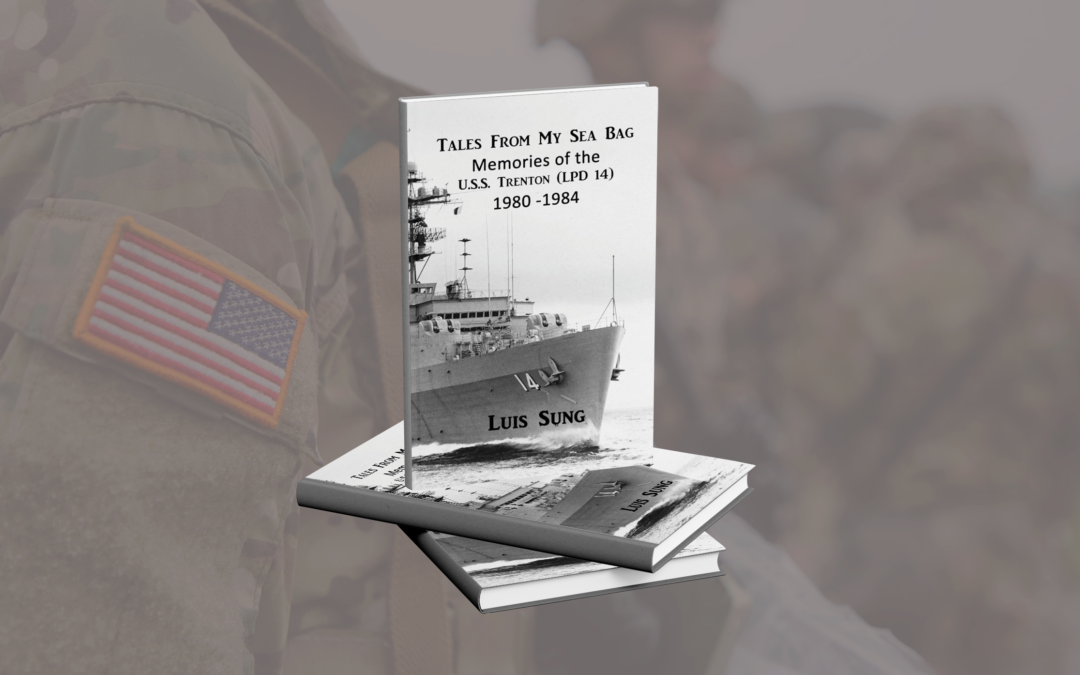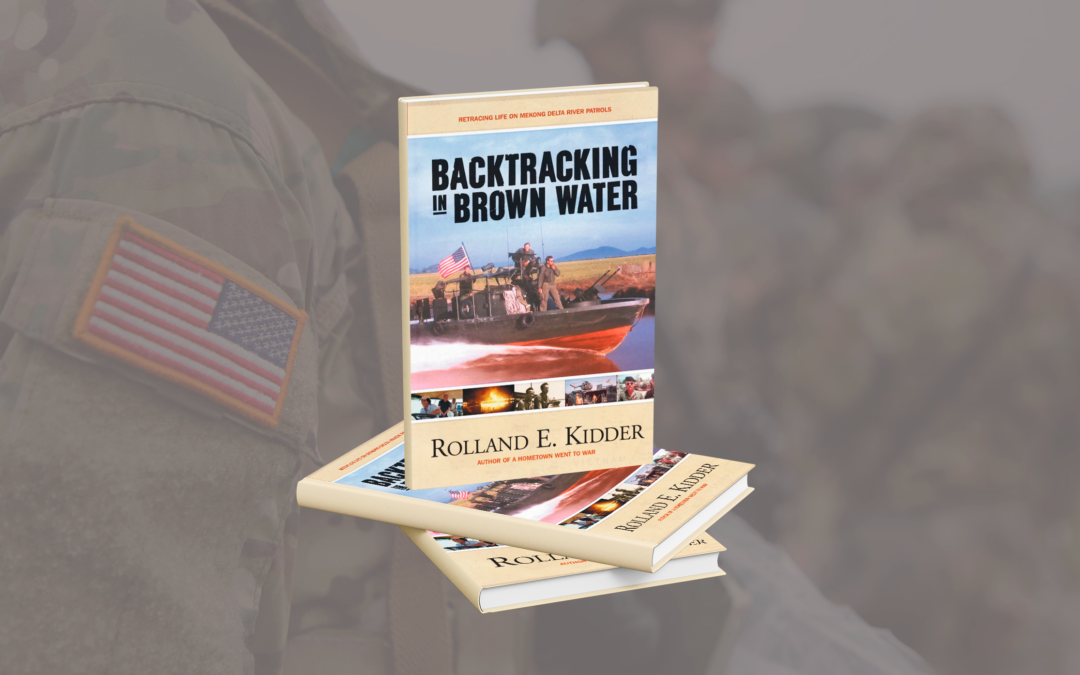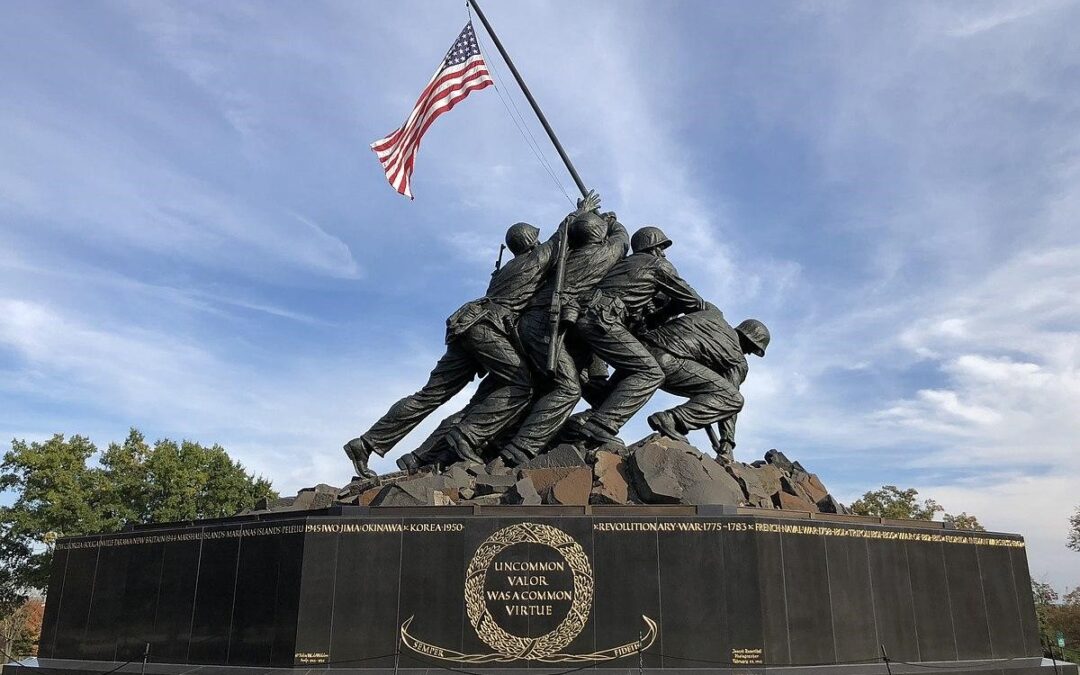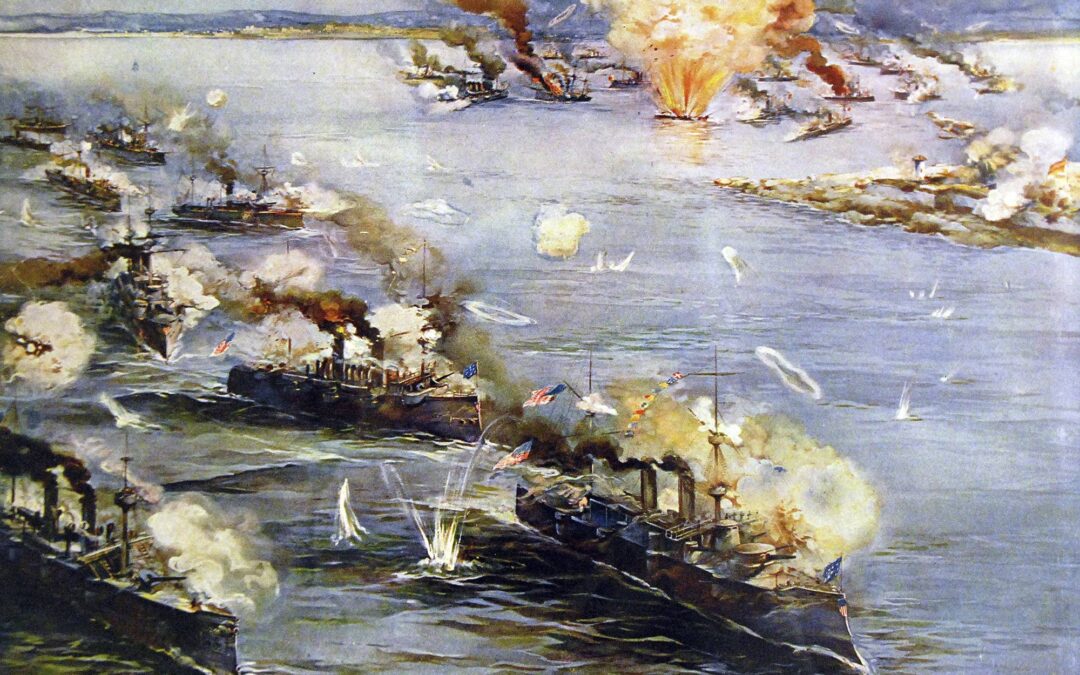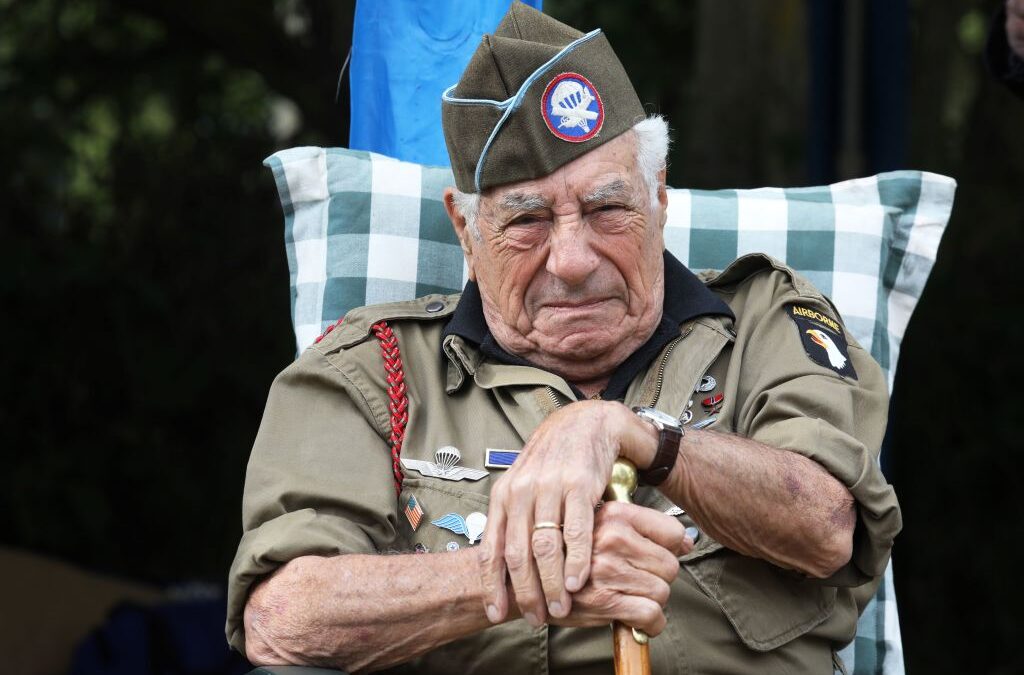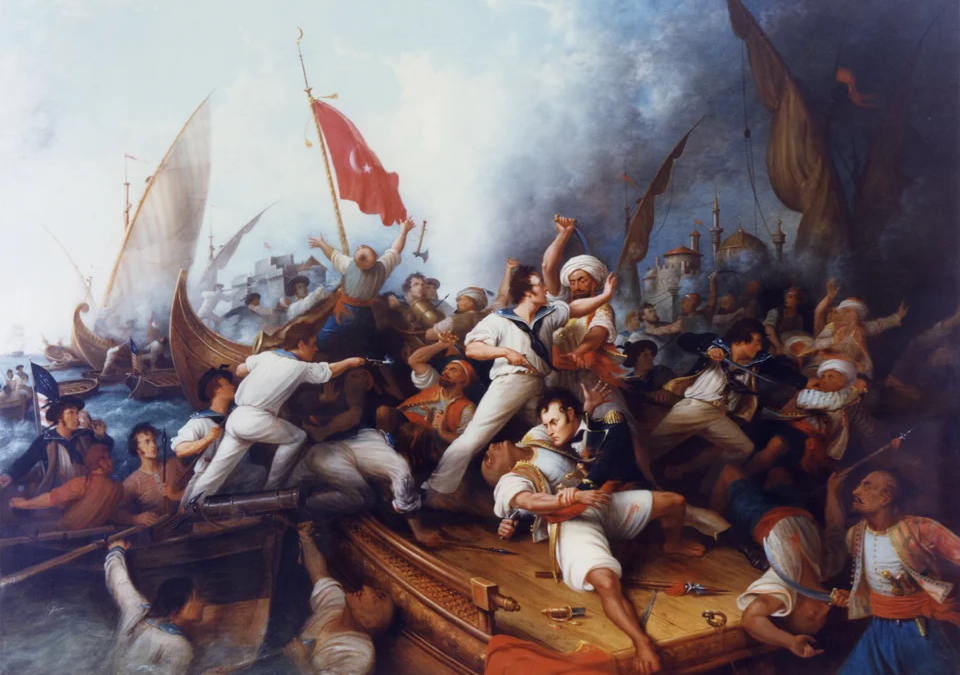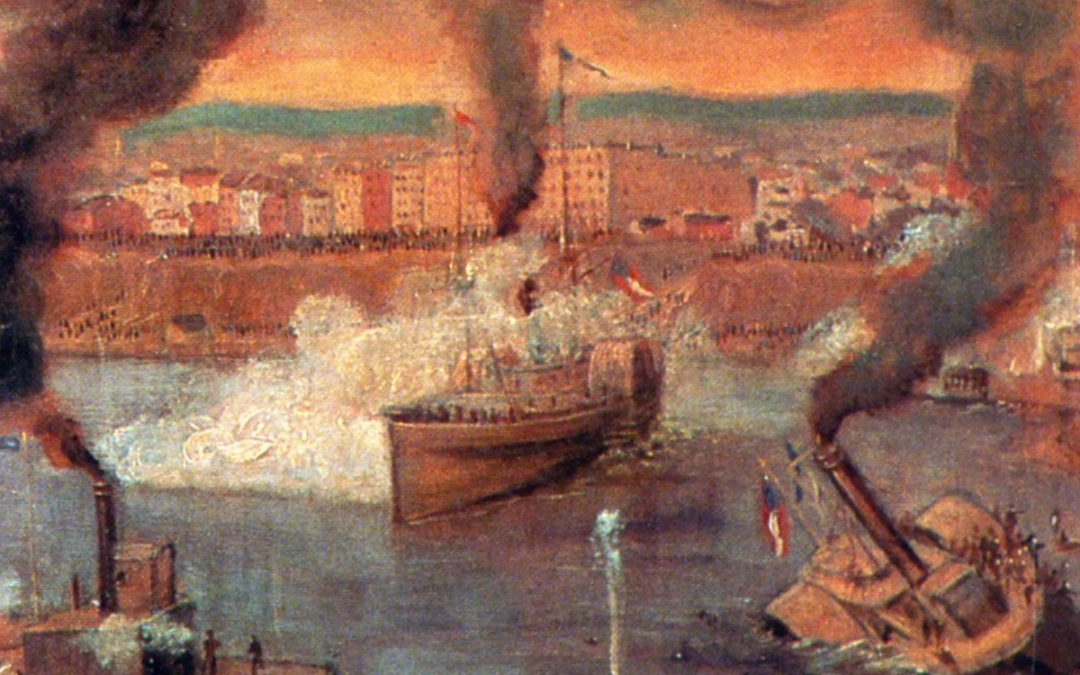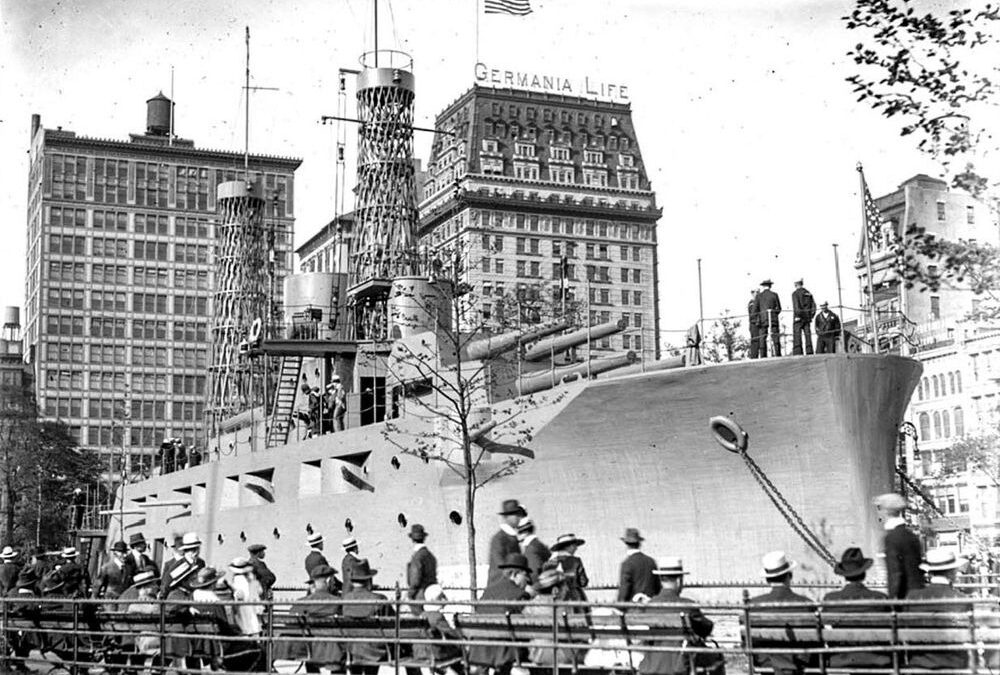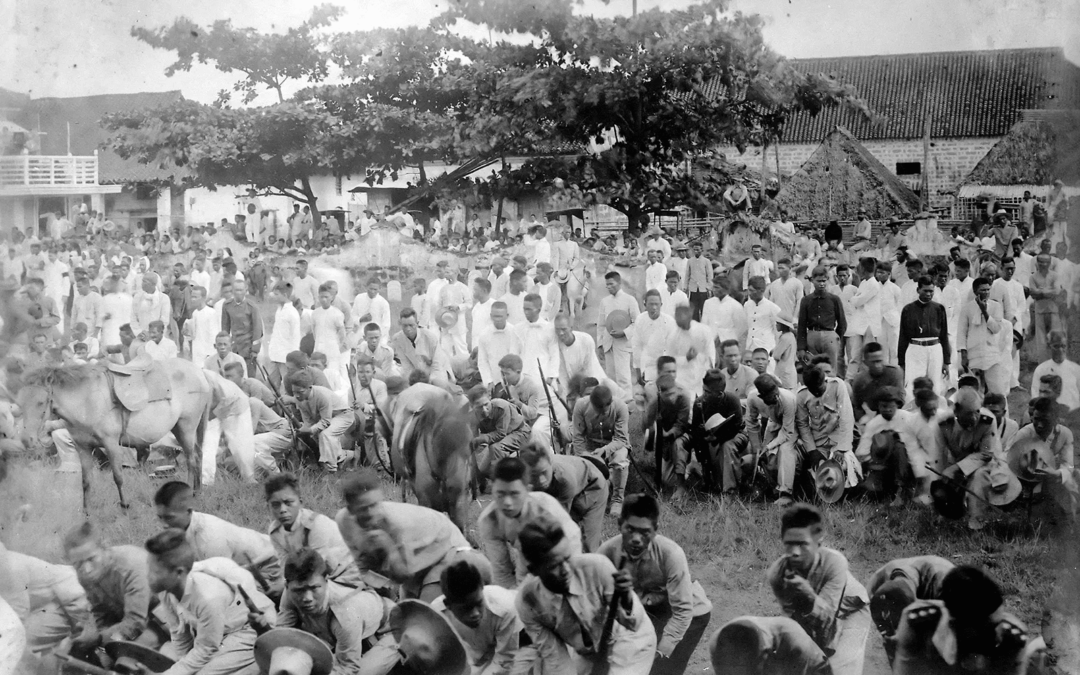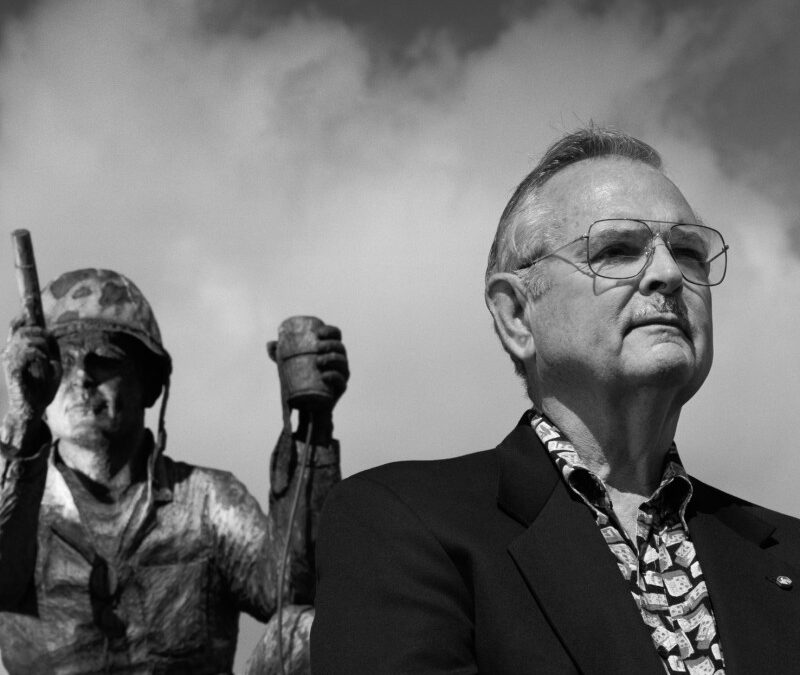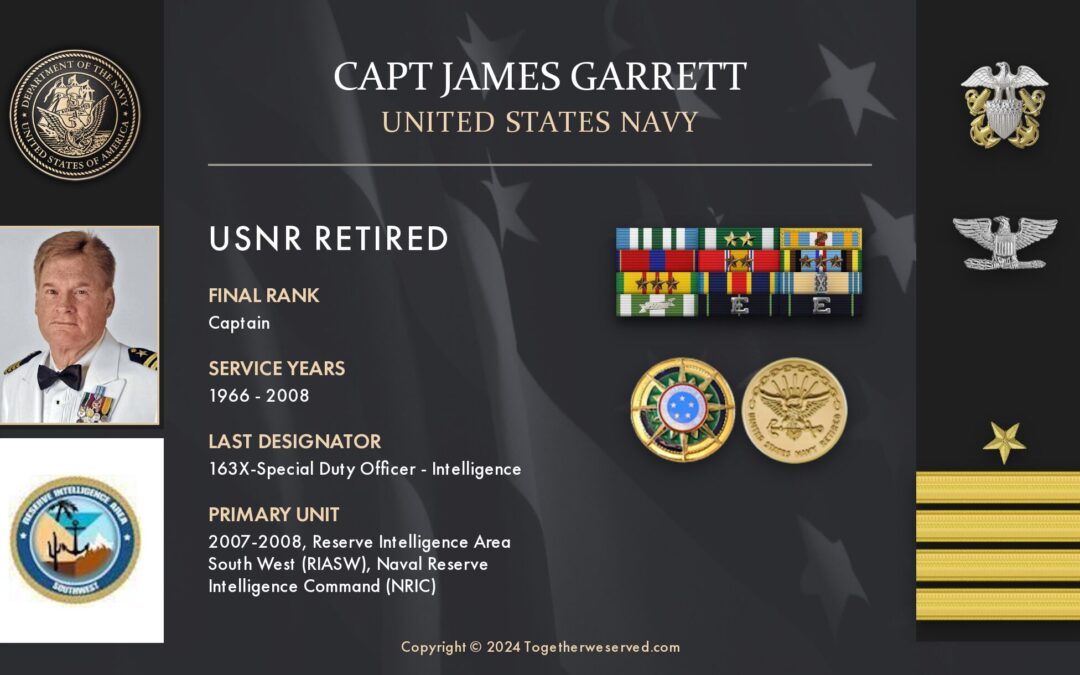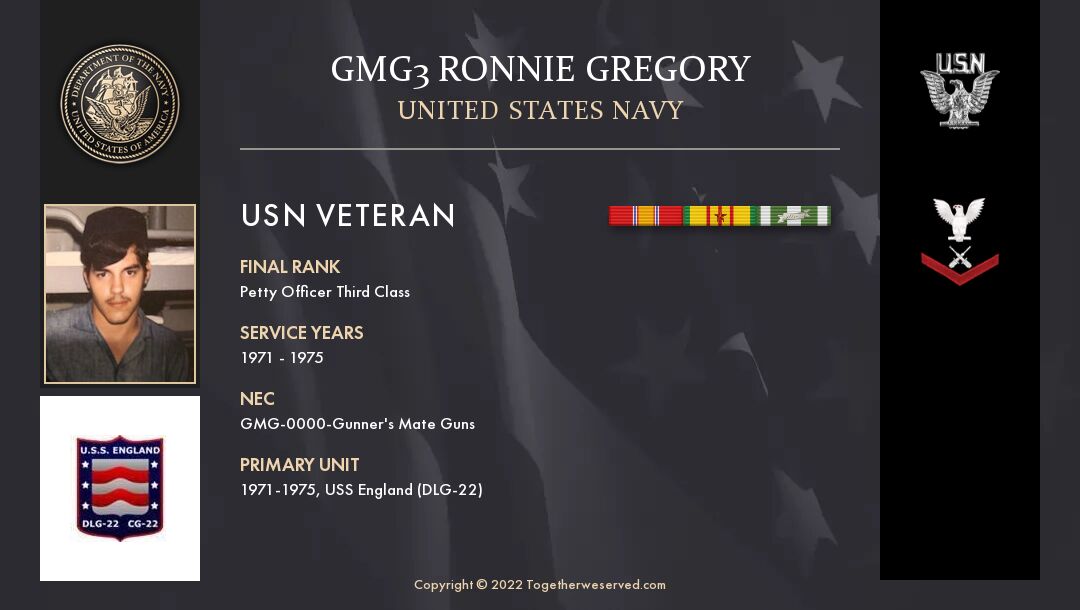There's a good chance that anyone in the Navy could fill a book of short stories with their own personal sea stories, no matter what their rating was. That's pretty much the greatest thing about joining the Navy: you get multiple lifetimes of experiences crammed into such a short amount of time. Of course, slots on aircraft carriers and submarines are limited, and sailors couldn't talk much about those experiences anyway. Author Luis Sung was stationed aboard the Amphibious Transport Dock USS...
